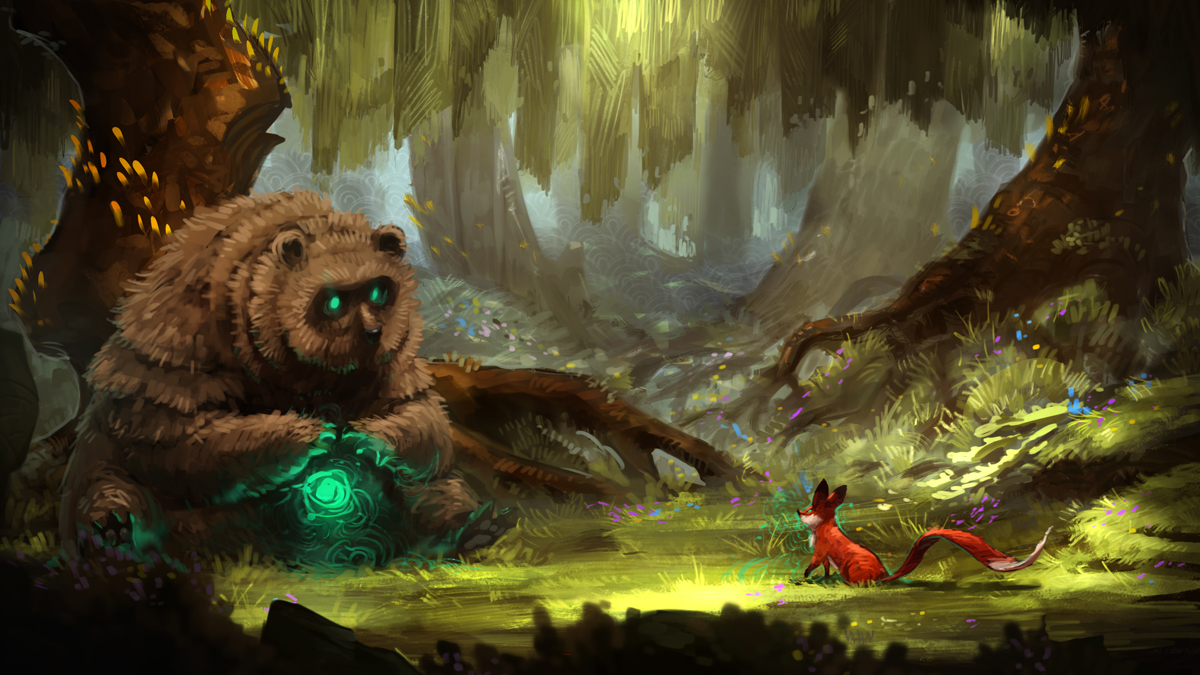Last year, a lovely little independent game called Seasons After Fall, brought to us by French indie developer, Swing Swing Submarine, graced Steam. A pleasant and well-received puzzle-adventure offering, Seasons After Fall combined an artistic presentation with approachable, accessible gameplay, making it a very solid indie offering in its original PC incarnation. Over half a year later, Seasons After Fall is now expanding to PS4 and Xbox One too, cementing it as another of Steam’s greatest hits that’s well worthy of a wider console audience.
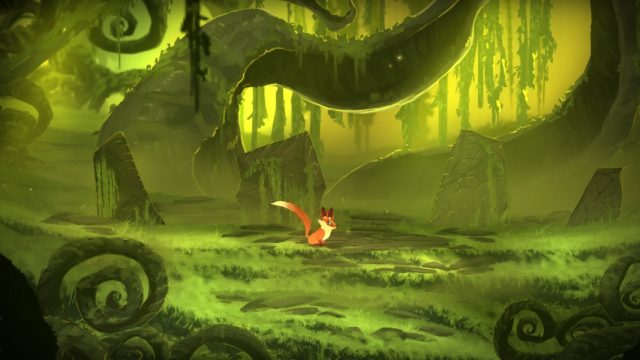
If you’re among the console gaming enthusiasts that aren’t apprised of Steam’s many high-profile independent game offerings then, you may be wondering if Seasons After Fall is for you, now that it’s available on consoles. It’s certainly a charming game at the very least, between its adorable fox protagonist and laid-back, but cleverly designed puzzles. With no enemies or hazards though, Seasons After Fall isn’t a game designed to challenge its players. Instead, it provides a breezy and lovable one-and-done indie game adventure that will occupy a few hours of your time, and offers a small fortune of easy achievements/trophies to amass as well, if you’re into that pursuit. If you want to relax with a light gaming snack, Seasons After Fall is a good choice, though if you already played through this breezy quest on PC, there’s not much of a reason to double-dip with either console build, particularly since they don’t offer any new content or bonuses to call their own.
Seasons After Fall’s presentation is replicated completely for the belated console editions on PS4 and Xbox One, which is great news, considering this game’s standout artistic style. Both the PS4 and Xbox One versions of the game effortlessly deliver the same high-quality hand-painted art style as the original PC build, and both respond and perform very well, even when both the PS4 and Xbox One versions of Seasons After Fall appear to be capped at a 30fps framerate. The 30fps restriction is in place even if you’re playing the PS4 version on a PS4 Pro too, which doesn’t appear to offer any advantages whatsoever over playing on a base PS4. That said however, the lesser 30fps framerate is not usually apparent, due to Seasons After Fall’s relaxed pace and intricately detailed player character animation.
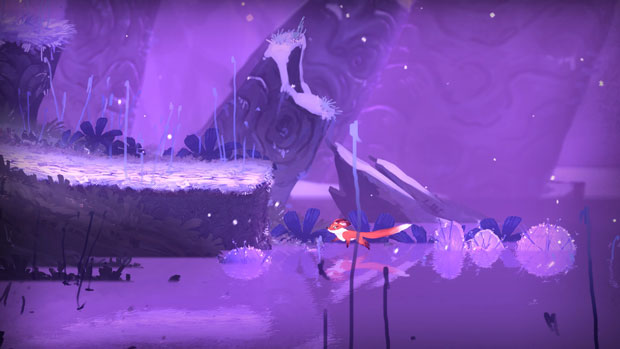
Seasons After Fall is a wonderful visual experience on any of its three platforms, possessing lush and vibrant environments that leap to life with a spellbinding portrayal of ethereal nature. Even the original PC version of the game suffered from intermittent dropped frames and a few animation stutters however, regardless of how powerful one’s computer is. Sadly, these issues don’t appear to have been fixed in the console versions either. Again, even when playing the PS4 version on a PS4 Pro, it doesn’t seem to help the occasional bouts of slowdown at all, with both the PS4 and Xbox One versions of Seasons After Fall suffering from the same occasional bouts of slowdown and animation stuttering as the original PC build. It’s little more than a small nuisance, but it is distracting, and it does rattle the otherwise potent immersion that Seasons After Fall otherwise consistently pulls off with aplomb.
Seasons After Fall’s breathtaking hand-painted art style is complemented by an equally fantastic live string orchestra, which aids the game with enjoyable violin-heavy compositions whenever it’s poetically appropriate during gameplay. When just wandering around and taking in the environments at your own pace though, there’s no music, with the environmental ambiance providing all of the soundtrack that the game requires in these instances. When the string tunes do come in however, they always feel well-placed and effective, making an already beautiful adventure feel all the more beautiful.
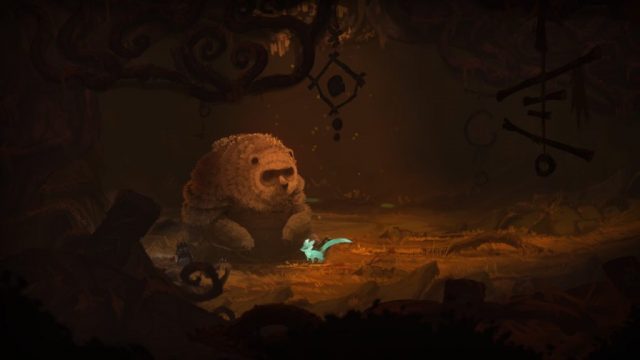
The light and chipper sound effects also nicely add to the breezy feel of your quest, creating satisfaction for accomplishments and progress, even in a game world that’s devoid of actual danger. There’s a sense of enchantment to the world of Seasons After Fall that makes the player feel like they’re taking part in a piece of interactive poetry, with the act of restoring nature often being its own reward, due to the game world feeling like a character in and of itself. There’s only a bit of voice acting in the game on the note of character, but it’s also appropriately lovable and affectionate, lending to an atmosphere that just wants you to be relaxed and content throughout your play time. Like I said, there’s a lot of charm to go with the sense of artistic inspiration in Seasons After Fall, and it’s tough not to at least smile at it, even if you may rather that it didn’t coddle its players so much.
Seasons After Fall is a small-scale ‘Metroidvania’ adventure game that takes place in a small enchanted forest area. Players assume the role of a spirit that bonds with a fox, which somehow showed up in a forest landscape that’s strangely lacking any other real animals or conventional life. This lack of wildlife, humanity or any other recognizable living things is somewhat explained in the story, but it mostly creates an excuse to keep enemies and hazards out of the experience. It’s part of the poetry to depict a world that feels untouched and quaint, though this is probably something that gamers seeking a challenge should be aware of, since that’s not what Seasons After Fall is really about.
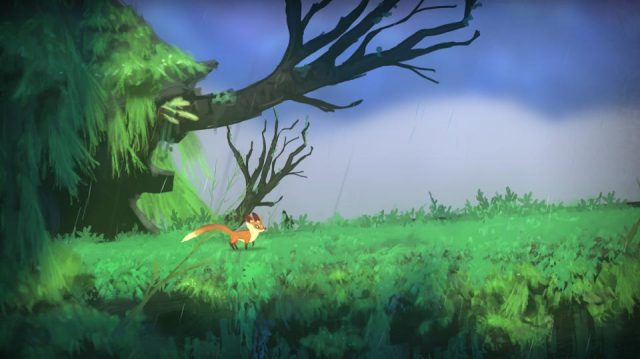
There is an objective in Seasons After Fall, mind you, despite the lack of any real stakes or any sense of urgency, as your spirit protagonist is summoned to assist with a mysterious ritual, namely by awakening four season-themed guardians that are sleeping around the forest. Appropriately, the game world is thus divided into four sections, all of which surround a central ‘Sanctuary’, with each comprising a handful of areas that rely on your spirit using its fox body to leap and run around environmental obstacles. Of course, it’s not always that easy, since some obstacles in the forest need to be manipulated by wielding the power of the seasons.
This is where the core mechanic of Seasons After Fall comes into play. When you hold either of the right shoulder buttons on your controller, you can use the left stick to select whatever available season powers are at your disposal. As you first make contact with each guardian spirit, you’ll gain new seasons to manipulate, which are necessary to open new paths and continue proceeding the game. Mastering the seasons is key to reaching your various destinations, and to help ease players into the experience, you don’t have to worry about managing all four of them right away, since you’re meant to gradually find your season powers in succession.
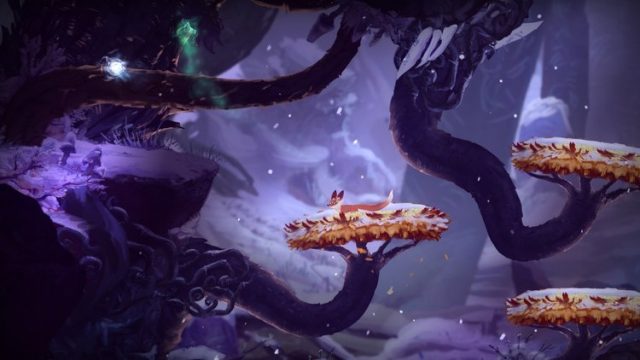
The way that the season powers are applied to the puzzle design feels clever, organic and logical as well, without any puzzles feeling like they require too much out-of-the-box thinking. Need to get across a large body of water, for example? Summon Winter and freeze it! Need a boost when climbing up some cliffs? Summoning Autumn can kick up some winds and awaken fungus, creating new platforms and means of climbing. There’s nothing restricting your ability to control the seasons once you unlock their abilities, nor are there any puzzles that can’t be easily reset if you screw up. The control interface is also incredibly easy to work with on both PS4 and Xbox One, since you only ever use half of the shoulder buttons, one jump button, one action button, and the left stick or Directional Buttons/D-Pad. Even someone who has barely or never touched a video game in their life can easily pick up and grasp Seasons After Fall before long.
On the other side of that coin though, as much as Seasons After Fall does a great job of feeling accessible without feeling dumbed down, it still probably won’t prove quite as enjoyable to more hardened gamers who are used to tougher and more dangerous interactive adventures. Once you’ve spent the few hours reaching every location and amassing every achievement/trophy, there’s really no reason to play Seasons After Fall ever again. The lack of enemies and danger also means that Seasons After Fall never puts up any resistance for more skilled gamers either, which will probably have at least some players feeling like the game is far too easy and simple.
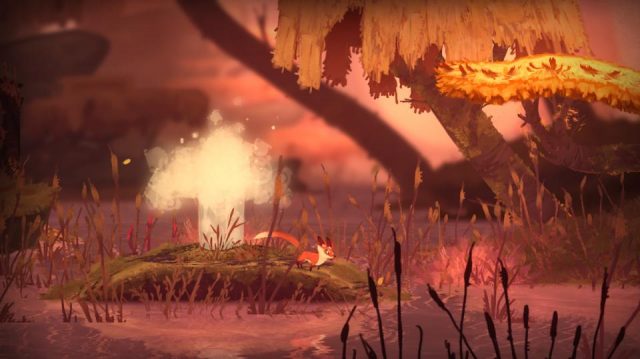
That’s really as complicated as the gameplay gets too, which is to say, not very much at all. The belated PS4 and Xbox One versions of Seasons After Fall don’t add any exclusive new content or extras either, like I said, presenting the exact same gameplay package that first released for PC last year. This also makes the increased $19.99 USD/$26.99 CDN price of Seasons After Fall’s PS4 and Xbox One builds feel inexplicable, especially when the original PC version presents the exact same adventure and features for a smaller $14.99 USD/$18.99 CDN sum, complete with system requirements that even lower-end gaming-friendly computers shouldn’t struggle to work with. Seasons After Fall may be enjoyable and charming, but the lightweight package and somewhat high console price likely means that, if you’d prefer to enjoy this kind of game on PS4 or Xbox One, you may want to wait for it to go on sale first.
The reasoning behind your adventure in Seasons After Fall presents a light and fluffy yarn for players to proceed through over the game’s 5-6-hour quest. Like the gameplay, the story is rather breezy and lightweight, with much of this world’s lore left up to players’ imaginations. There are two separate endings to earn for completionists though, thanks to some optional collectibles, which come in the form of dreaming spots, allowing your fox to go to sleep and listen to some backstory, and flower patches, which are collected to unlock a few pieces of concept art and early development assets. Both of these collectibles also pay out generous achievements/trophies too, so there’s always that incentive, if the basic storytelling doesn’t manage to grab you.
Seasons After Fall is lovable and well-designed, but it could have used a bit more depth in the package, especially when the console versions are making the baffling choice to charge a higher asking price, despite adding no new incentives or bonuses. The lower price alone leaves the original PC version of Seasons After Fall remaining the most recommendable of the three, and as I mentioned, if you’ve already played through the PC version of the game, then there’s no reason to double-dip and buy the PS4 or Xbox One version (unless you want to take advantage of the highly generous achievement/trophy roster in both), since they’re completely identical to the original PC release.
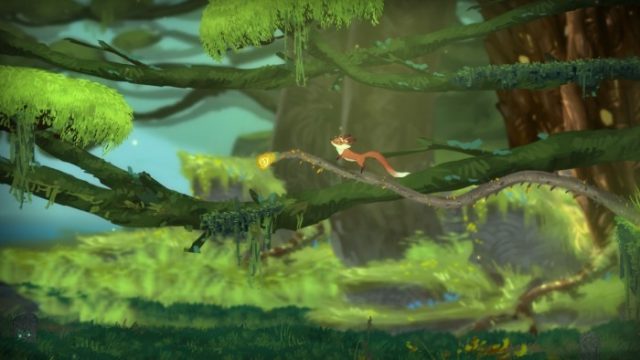
Despite its lack of real challenge and limited depth though, Seasons After Fall demonstrates plenty of inspiration and talent from the likes of developers, Swing Swing Submarine, especially when it comes to the game’s sublime presentation. The inspired sense of poetry and heart is easily the best thing about Seasons After Fall, helping to compensate for its short and simple adventure. Still, it’s a fine game for more casual gamers, or core gamers who simply want to relax with a light snack between two larger and more robust gaming options. It’s easy to get the sense that Swing Swing Submarine is still practicing before they deliver their true masterpiece, but Seasons After Fall does at least manage to prove more than ever that its developer is another great rising indie game studio that’s well worth keeping an eye on!
This review is based on a PS4 copy of, “Seasons After Fall”, provided by Focus Home Interactive.

